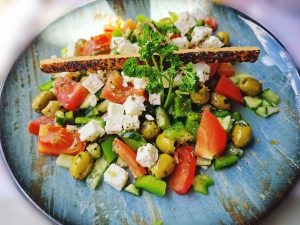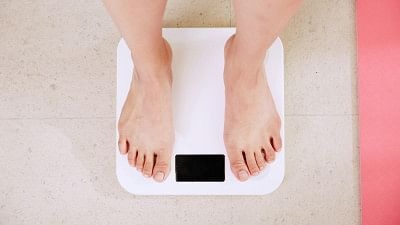Ramadan offers time for community building, self-control, and spiritual introspection. For many, it’s also a time to concentrate on health and well-being. During this holy month, fasting calls for a delicate balancing act between diet to preserve energy levels and prevent overindulgence in non-fasting hours. Wise meal planning will help you to remain healthy, hydrated, and energized all through the month.
The Value of Restrained Behavior and Well Well-Balanced Diet
During Ramadan, fasting teaches not only spiritual but also practical self-control about food choices. This is a chance to change your eating behavior and prevent overindulgence. Although there is no one-size-fits-all method for calorie consumption during Ramadan, knowing your body’s demands and following some basic rules will help you keep a good diet.

Sehri: The Dinner Before Dawn :
Before dawn, Sehri is the meal you eat to get your body ready for the fast spanning the whole day. Making this lunch healthy and balanced will help you to maintain your energy level all through the day.
Try to consume 500–600 calories during sehri. Eat in moderation; overeating won’t stop hunger later in the day. Foods high in proteins like eggs, yogurt, or lentils as well as healthy fats like nuts or avocado should be included here. These extend your feelings of fullness. Choose starchy, high-fiber carbohydrates including sweet potatoes, whole-grain bread, and muesli. These offer consistent energy.
Drink lots of water and incorporate water-rich fruits and vegetables including watermelons, cucumbers, and oranges. Steer clear of sweet juices since they can cause later in the day dehydration.
 Iftar: Resuming the Fast :
Iftar: Resuming the Fast :
The meal meant to break your fast following sunset is called iftar. Approach this dinner deliberately to prevent feeling lazy and overindulging.
Start with dates; they are a classic and encouraging approach to breaking your fast. They abound in potassium, which aids in body fluid equilibrium restoration.
Steer clear of overeating; your brain needs around twenty minutes to register fullness. Eat deliberately and gently to stop overindulgence.
Calorie Intake: During iftar, try for about 700 calories. Give nutrient-dense foods top priority instead of sweet indulgences rich in calories.
Step-by-Step Iftar Schedule
First : carbs
Choose sophisticated carbohydrates including potatoes, whole-grain bread, or brown rice. To prevent feeling unduly full, stick to one little serving—about a handful.
Second stage: proteins
Add lean proteins including fish, chicken, or lentils. These support muscle tissue growth and repair.
Step 3: Fiber
Stuff lots of fruits and veggies into your dinner. Rich in fiber, they help digestion and curb appetite.
 Fourth: Desserts
Fourth: Desserts
If you have a sweet taste, savor desserts sparingly. Choose better substitutes for heavy, sugary snacks including fruit salads or yoghurt with honey.
Advice for a Good Ramadan :
Remain hydrated. To prevent daily dehydration, sip lots of water between iftar and sehri.
Though appealing, processed and fried foods can cause weight gain and tiredness. Instead go for grilled, roasted, or steaming choices.
To maintain your fitness levels, engage in modest physical activity including walking or stretching. These suggestions can help you maximize Ramadan and maintain your health by means of moderation. Remember, fasting is only one aspect; it’s also about optimally nourishing your body and soul. Ramadan Mubarak.

























